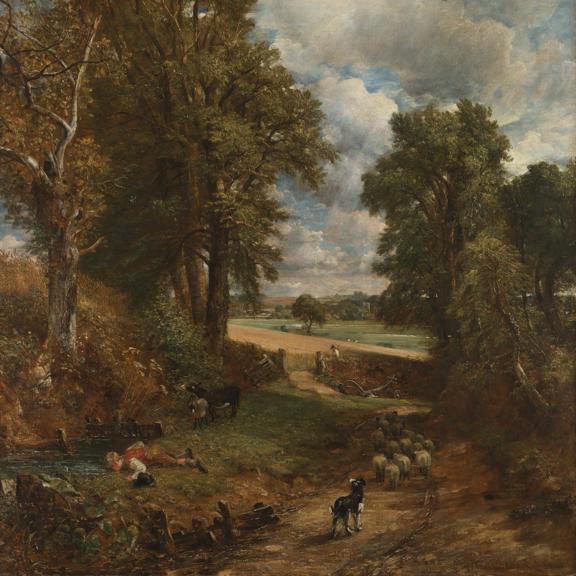Poet.
William Wordsworth
This person is the subject of ongoing research. We have started by researching their relationship to the enslavement of people.
Biographical notes
Slavery connections
Between 1795 and 1797 Wordsworth and his sister Dorothy lived in at Racedown Lodge in Dorset, which was owned by John Frederick Pinney, a slave-owner. (UCL Department of History, ‘John Frederick Pinney’ in UCL Department of History (ed.), Legacies of British Slave-ownership [online], London 2020, <https://www.ucl.ac.uk/lbs/person/view/26645> accessed 25 June 2021).
As the Slavery Abolition Bill was going through Parliament, Wordsworth observed that ‘Those who are most active in promoting entire and immediate Abolition do not seem sufficiently to have considered that slavery is not in itself and at all times and under all circumstances to be deplored’ (quoted in Liam Physick, ‘Poetry and Politics – William Wordsworth’s Changing Attitude towards Slavery’, <https://nervewriters.wordpress.com/2016/09/07/poetry-and-politics-william-wordsworths-changing-attitude-towards-slavery/> accessed 25 June 2021).
Abolition connections
Wordsworth was the author of the abolitionist poem ‘To Thomas Clarkson. On the Final Passing of the Bill for the Abolition of the Slave Trade’ (1807); see also The Prelude (1805 Text) Book X, lines 203–228. Mrs Wordsworth’s manuscript copy of this sonnet, dated 1846 and signed by Wordsworth, is preserved on the fly-leaf of a copy of Clarkson’s The History of the Rise, Progress, and Accomplishment of the Abolition of the African Slave-trade by the British Parliament (1808) at Yale University https://orbis.library.yale.edu/vwebv/holdingsInfo?bibId=1249501.
The 1859 sale catalogue of Wordsworth’s library listed several abolitionist works including: Thomas Clarkson’s Essay on the Slavery and Commerce of the Human Species, particularly in Africa (1786), Essay on the Impolicy of the African Slave Trade (1788), with manuscript corrections in the hand of the author, and The History of the Rise, Progress, and Accomplishment of the Abolition of the African Slave-trade by the British Parliament (1808), and Thomas Fowell Buxton’s The African Slave-Trade and its Remedy (1840).
For Wordsworth’s familiarity with Clarkson’s oeuvre, see Duncan Wu, Wordsworth’s Reading 1800-1815 (Cambridge 2007), no. 103.
National Gallery painting connections
Donor: Wordsworth was among a group of subscribers who presented John Constable’s The Cornfield to the NG in 1837 (NG130).
Bibliography
S. Gill, 'Wordsworth, William', in C. Matthew et al. (eds), Oxford Dictionary of National Biography, Oxford 1992-, https://doi.org/10.1093/ref:odnb/29973
Checked and found
— Item on publisher's website
History of Parliament Trust (ed.), The History of Parliament: British Political, Social & Local History, London 1964-, https://www.historyofparliamentonline.org/
Checked and not found
— Item on publisher's website
J. Turner et al. (eds), Grove Art Online, Oxford 1998-, https://www.oxfordartonline.com/groveart/
Checked and not found
— Item on publisher's website
UCL Department of History (ed.), Legacies of British Slave-ownership, London 2020, https://www.ucl.ac.uk/lbs/
Checked and not found
— Item on publisher's website

